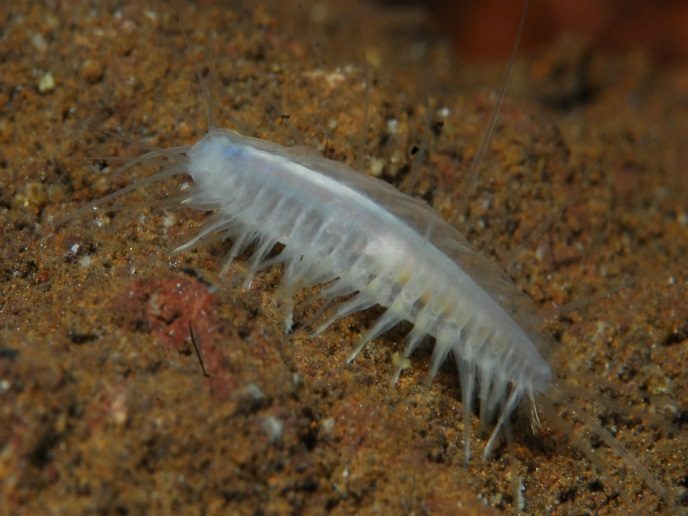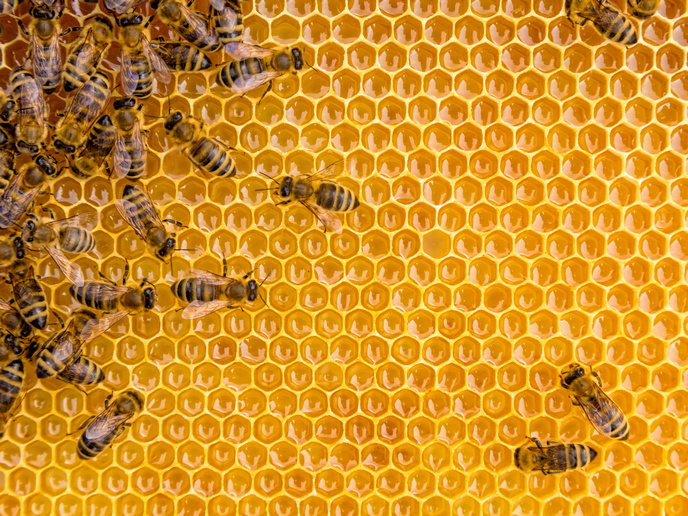Kinship on corals: how distant family ties shape collective behaviour in complex fish species
The study of social evolution, particularly the evolution of complex groups where only a selected few reproduce while others do not, is an evolutionary mystery. It is not clear how genes promoting social cooperation are passed on when some individuals choose not to mate. Traditionally, this area of study has been confined to terrestrial animals such as birds, mammals and eusocial insects(opens in new window). However, marine life, specifically marine fish that live in complex groups, presents a unique opportunity to broaden our understanding of social evolution.
Fascinating marine organisms
“Certain marine fish, such as coral gobies(opens in new window) and anemonefish(opens in new window) in our study, are fascinating owing to their complex group structures. Only one breeding pair exists within these groups, with several non-breeding subordinates,” notes Theresa Rueger, researcher at the University of Exeter and coordinator of the SoEvoFish project that received funding from the Marie Skłodowska-Curie Actions programme(opens in new window). “These fish also have a mutualistic relationship with the corals and anemones they inhabit. Their groups are different from the conventional family-oriented social structures seen in terrestrial animals, mainly because marine fish have a dispersive larval phase that breaks up family ties,” adds Rueger. This means that they travel long distances before settling onto a reef. It is therefore uncertain whether they have a chance to settle near their close kin.
Intricate social structures and symbiotic bonds
SoEvoFish’s goal was to develop a fresh model for understanding social evolution in these marine creatures. This was attempted by testing the kin selection(opens in new window) hypothesis through genetic analyses and observing their relationship with mutualistic hosts through long-term field experiments. Before the pandemic’s disruptive effects, project members managed to complete their first field trip in October 2019 and collected genetic samples from both gobies and anemonefish for analysis. The results were intriguing. “We discovered that fish living in the same group were more related than those in the broader population. They were not immediate family members like siblings but rather distant relatives, akin to second cousins,” highlights Rueger. “This unexpected finding suggests that distant kinship could potentially influence the evolution of group living among these species.” Project members also conducted a laboratory experiment using anemonefish and anemones in collaboration with Prof. Peter Buston at Boston University. The team observed that fish raised on larger anemones grew at a faster rate. This finding suggests a plausible explanation for group living: Dominant breeders may tolerate subordinate non-breeders because larger fish groups result in larger anemones. In turn, larger anemones facilitate faster growth and reproduction among the breeders. “In essence, the subordinates are distant relatives who will eventually inherit the territory they reside in,” states Rueger. Currently, the project team is conducting a follow-up field experiment in Papua New Guinea, to validate these findings in the fish’s natural environment. Meanwhile, during the lockdown period, researchers collaborated with Australian marine scientists to review the current state of knowledge on social evolution in marine fish. Their review, which was well-received, outlines the future work required to unravel these evolutionary enigmas.
A blueprint for mutualism for all animals
SoEvoFish has made significant headway in unravelling the mechanisms of social evolution, bringing us closer to a universally applicable framework for all vertebrates in complex societies. In the future, researchers will use mathematical models to create a social evolution framework that includes mutualistic partners. “This step will broaden our work relevance to all animals in close mutualistic relationships, not just our model organisms,” concludes Rueger.







